Identify the diseases where no agent is required for the transmission.
Small pox
Tuberculosis
Hay fever
Both (a) and (b)
Step-by-Step Solution:
1. Understanding the Question: The question asks to identify diseases that do not require any agent for transmission. This means we need to look for diseases that can occur without a specific pathogen (like a virus or bacteria) being involved.
2. Analyzing the Options: We need to evaluate the diseases mentioned in the context of their transmission agents.
3. Evaluating Smallpox:
- Smallpox is caused by the variola virus.
- Since it is caused by a virus, it requires an agent for transmission.
- Thus, smallpox does not fit the criteria of the question.
4. Evaluating Tuberculosis:
- Tuberculosis is caused by the bacterium Mycobacterium tuberculosis.
- Similar to smallpox, tuberculosis also requires a specific agent for its transmission.
- Therefore, tuberculosis is not the correct answer.
5. Evaluating Hay Fever:
- Hay fever, also known as allergic rhinitis, is an allergic reaction.
- It does not require a specific infectious agent for its occurrence.
- Instead, it is triggered by allergens such as pollen, dust, or pet dander, but these are not considered infectious agents.
- Therefore, hay fever fits the criteria of the question.
6. Conclusion: Based on the analysis, the disease where no agent is required for transmission is hay fever.
Final Answer: Hay fever (allergic rhinitis) is the disease where no agent is required for transmission.
---
- Smallpox is caused by the variola virus.
- Since it is caused by a virus, it requires an agent for transmission.
- Thus, smallpox does not fit the criteria of the question.
- Tuberculosis is caused by the bacterium Mycobacterium tuberculosis.
- Similar to smallpox, tuberculosis also requires a specific agent for its transmission.
- Therefore, tuberculosis is not the correct answer.
- Hay fever, also known as allergic rhinitis, is an allergic reaction.
- It does not require a specific infectious agent for its occurrence.
- Instead, it is triggered by allergens such as pollen, dust, or pet dander, but these are not considered infectious agents.
- Therefore, hay fever fits the criteria of the question.
Topper's Solved these Questions
- HUMAN HEALTH AND DISEASESBOOK - PEARSON IIT JEE FOUNDATIONCHAPTER - HUMAN HEALTH AND DISEASESEXERCISE - MASTERING THE CONCEPTS (ASSERTIONS AND REASONS )
18 Videos
- DIVERSITY IN LIVING WORLD- ANIMALSBOOK - PEARSON IIT JEE FOUNDATIONCHAPTER - DIVERSITY IN LIVING WORLD- ANIMALSEXERCISE - ASSESSMENT TESTS
44 Videos
- IMPROVEMENT IN FOOD RESOURCES BOOK - PEARSON IIT JEE FOUNDATIONCHAPTER - IMPROVEMENT IN FOOD RESOURCES EXERCISE - ASSESMENT TEST (Answer the following questions.)
7 Videos
Similar Questions
Knowledge Check
Oxidizing agent required for these conversion are,
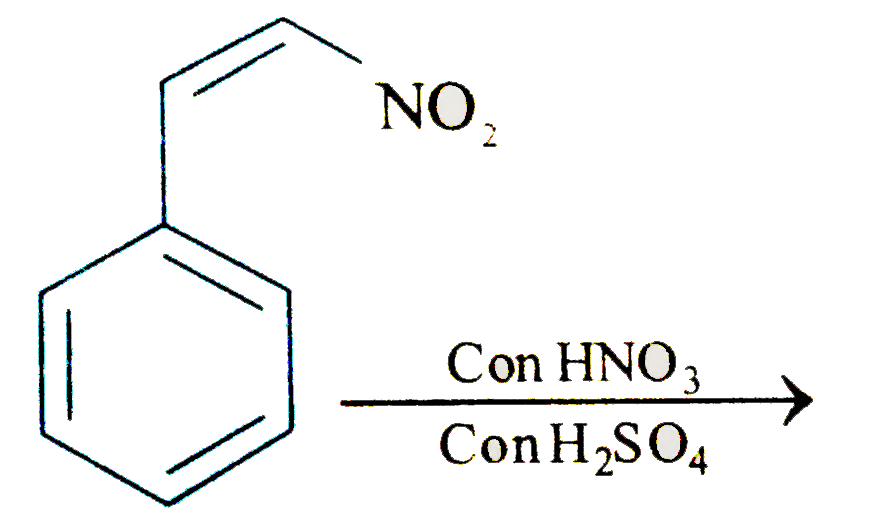 A
A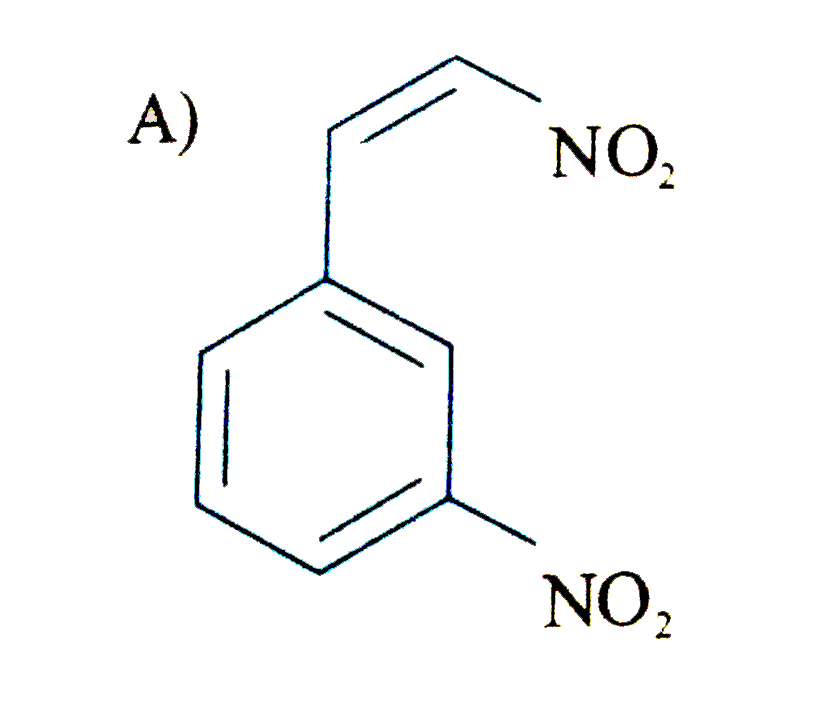 B
B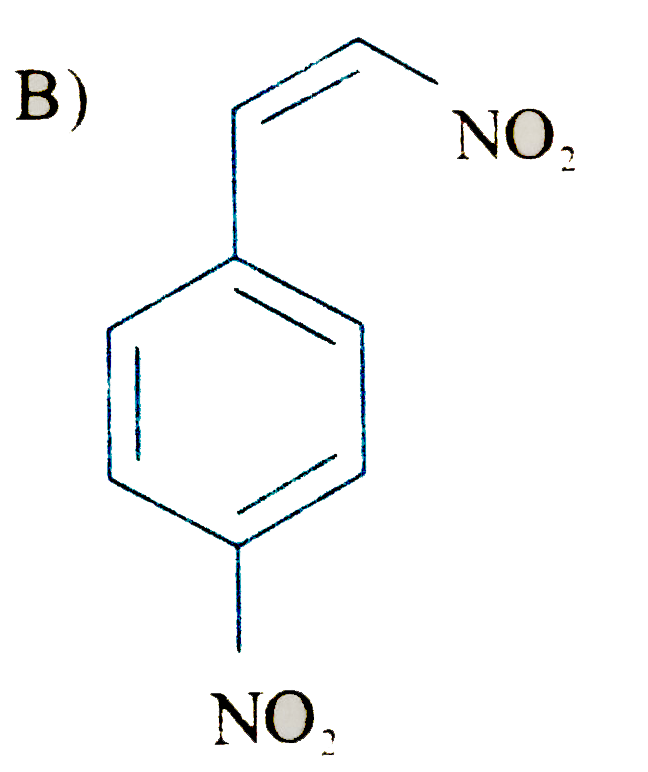 C
C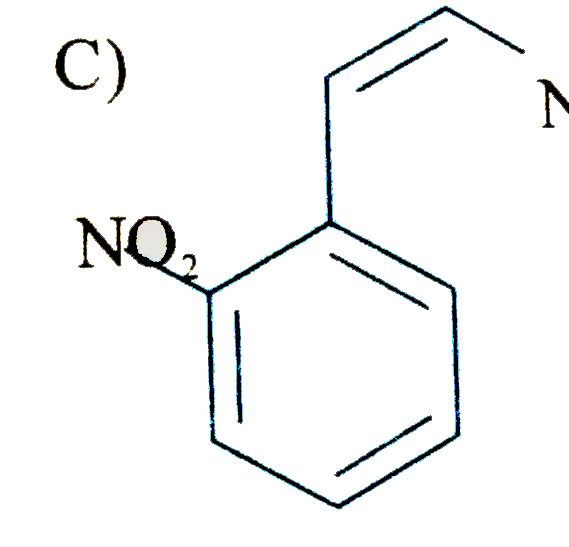 D
D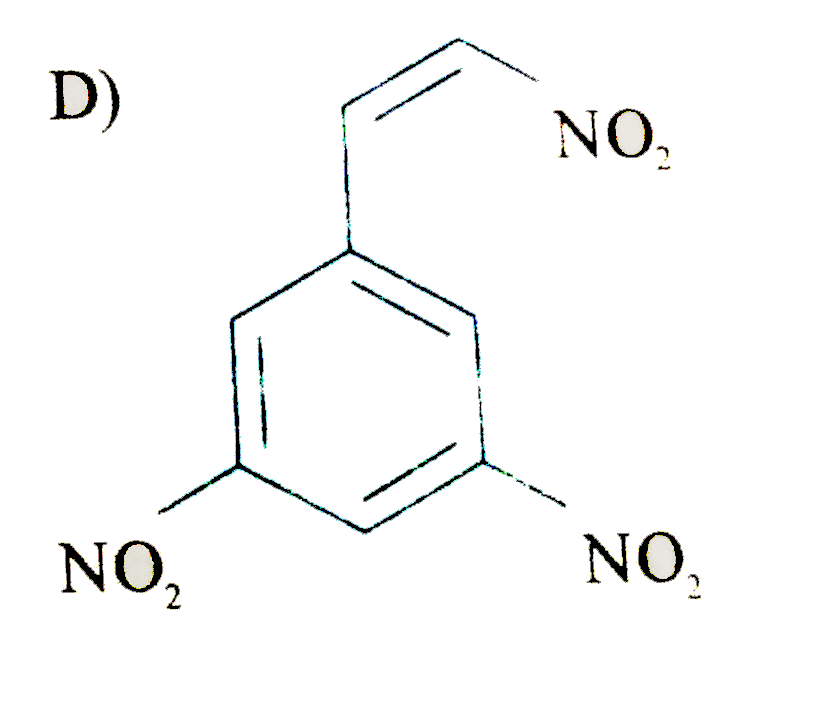
Which one of the following ions is required for nerveimpulse transmission at the neuromuscular junction?
AMagnesiumBChlorideCCalciumDIronOne of the following ions are required for nerve impulse transmission at the neuro-muscular junction :
AMagnesiumBChlorideCCalciumDIron
Name two diseases whose pathogens show transplacental transmission.
View SolutionIdentify the disease shown in the following figure and write the causative organism of disease.
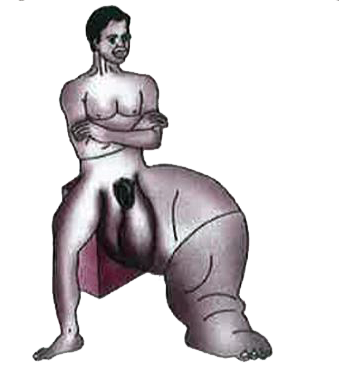
View SolutionMention the disease spread by direct transmission.
View SolutionInfectious agent || Mode OF Transmission
View SolutionMention the diseases spread by direct transmission.
View Solution
